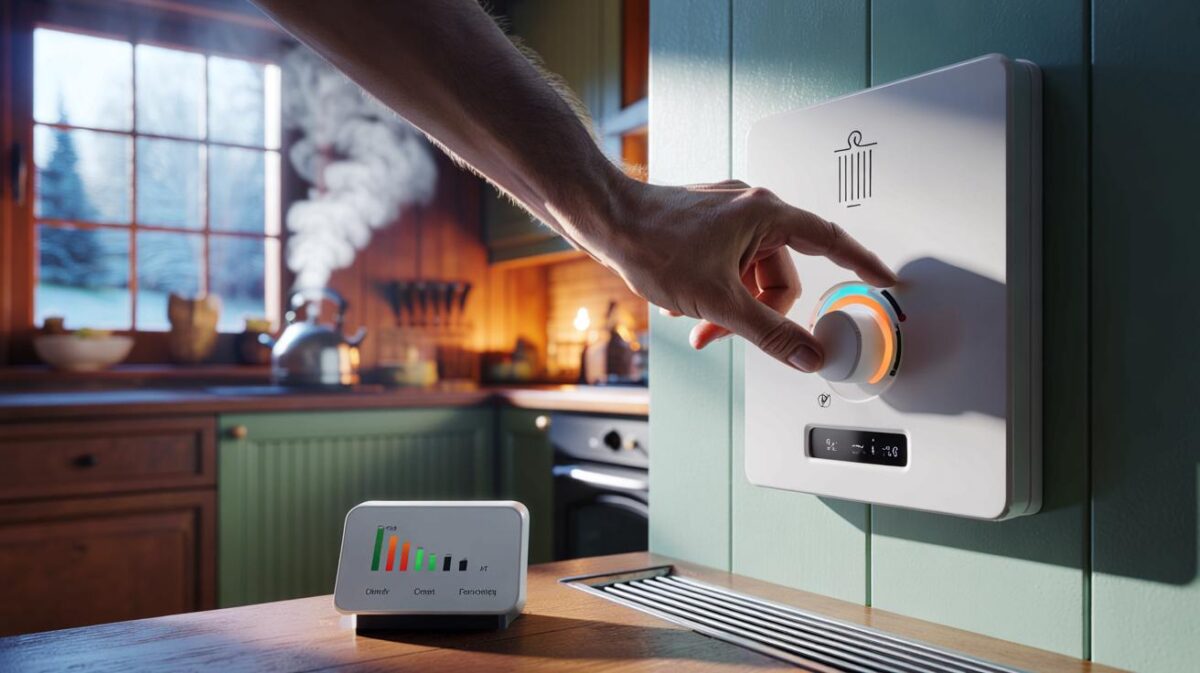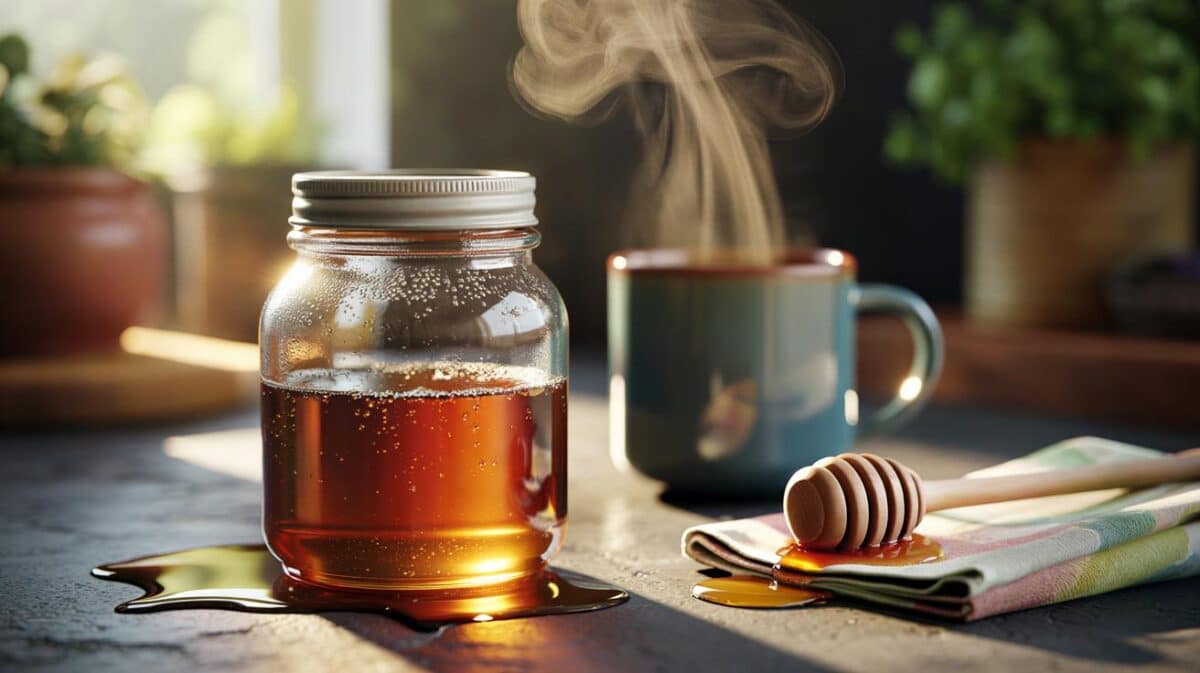The lantern looks great on the doorstep, the soup simmers, and then the slippery seeds slide straight into the bin. That tiny throwaway moment costs flavour, money, and a small piece of joy. It doesn’t have to.
It was a Sunday, oven humming, radio low, and the table was a small flood of stringy pumpkin guts. My son fished out a marble of a seed and held it up like treasure. The compost caddy gaped nearby, smug and ready. I almost tossed the lot. Then a neighbour pinged: “Don’t waste those seeds — they’re pure gold.” I could taste the idea before I even rinsed my fingers. *There’s a thrill in rescuing something humble and making it sing.* The dog waited hopefully under the chair. The house smelled like cinnamon and wet leaves. I kept the seeds.
Roast, crackle, snack: teaching pumpkin seeds new tricks
First lesson: the seed is more than a by-product. It’s a ready-made snack with a built-in story — you salvaged it from the mess. We’ve all had that moment where a warm tray hits the table and conversation snaps into silence. Pumpkin seeds do that when they’re done right. The crackle, the salt, the little squeak of shell between teeth. A cold beer in hand and a bowl you can’t quite leave alone. **Zero-waste** that feels like a treat, not a lecture.
My neighbour Ben swears by chilli-lime. He brines the seeds in salty water for twenty minutes, dries them on a tea towel, then roasts with oil, chilli flakes and zest. They vanish in minutes during the match. There’s a bigger picture too. WRAP reckons UK households bin millions of tonnes of edible food each year, and October pumpkins are a noisy slice of that habit. Each carving carries hundreds of seeds. That’s not scraps. That’s a ready pantry line.
Here’s the logic that makes them irresistible. Brining seasons the seed all the way through, not just the surface. Drying builds crunch. Heat amplifies nuttiness. Spread the seeds in a single layer, toss with a spoon of oil, then roast at 165°C, 15–25 minutes, shaking once. Shell-on is fine — hull-less “pepita” types are a different breed, not a different technique. The moment they turn toasty and freckled, pull them. Hit with flaky salt while still warm. Sit back. Listen for that first communal “oh”.
Blend them silky: pesto, butter and “milk” that loves leftovers
Way two is a small miracle for the blender. Pepita pesto goes anywhere basil does, and into places basil fears. Toss 100g roasted seeds, a big handful of soft herbs, 1 garlic clove, 40g grated hard cheese (or nutritional yeast), lemon, and 80ml olive oil. Blitz short, check, blitz again. Spoon it over roast veg, swirl into soup, spread in a sandwich that needs swagger. Or push further: **pepita butter**. Warm 250g seeds in a dry pan, then blend with a pinch of salt until glossy and reluctant to let go of the spoon. On toast with honey, it’s a Monday saved.
Let’s talk texture traps. Over-toasted seeds go bitter fast, and too much oil can turn pesto greasy. Go slow on both. If the blender sulks, add a splash of hot water — it coaxes silk without more fat. Pumpkin seed “milk” is even easier: 100g soaked raw seeds, 700ml water, a date or two, pinch of salt. Blend, strain through a fine sieve or cloth. Creamy, nut-free, **budget-friendly**, and brilliant in porridge or iced coffee. Let’s be honest: nobody does that every day. But the one time you do, you’ll feel quietly pleased all morning.
You don’t need fancy kit or mood lighting, just a nudge to try.
“Pumpkin seeds behave like a cupboard of ideas,” says chef Lila Hart. “They thicken, they crunch, they bring depth. Once people taste the pesto, they stop binning them for good.”
- Speed-flavour trio: smoked paprika + maple + sea salt for a bacon-y vibe.
- Bright green sauce: coriander, lime, green chilli, pumpkin seeds — spoon over eggs.
- Crunchy topper: crush roasted seeds with sesame and cumin for a dukkah-style sprinkle.
Grow, share, or stash: the circle keeps turning
The third way isn’t a recipe. It’s a loop. Keep a handful of seeds raw and clean, dry them on a plate by a sunny window, then drop a few into soil on the first warm spring day. What sprouts isn’t just a plant; it’s the memory of last autumn’s lantern, now alive again. Not growing? Gift a jar of roasted seeds to the neighbour who lent you their carving kit. Stir a scoop through your granola and tell a friend it was once destined for the bin. That small shift becomes a habit. A ritual even. Food waste gets smaller. Your table gets louder. The dog still waits under the chair.
| Point clé | Détail | Intérêt pour le lecteur |
|---|---|---|
| Roast for crunch | Brine, dry, roast at 165°C, finish with salt | Fast, addictive snack from what you’d bin |
| Blend for silk | Pepita pesto, seed butter, simple seed “milk” | Versatile sauces and spreads without pricey nuts |
| Grow or gift | Save raw seeds to plant; roast the rest to share | Turns waste into a ritual and keeps costs down |
FAQ :
- Do I need to shell pumpkin seeds?Not for roasting. The shells are edible and go crunchy in the oven. Pepitas (the green, shell-less type) come from specific hull‑less pumpkins.
- How do I get them extra crispy?Brine for 15–20 minutes, dry well, roast in a single layer, and don’t overcrowd the tray. Warm seeds take seasoning better, so salt as they come out.
- Can I plant the seeds from my carving pumpkin?Yes if they’re raw and clean. Dry for a week, store in a paper envelope, and sow in late spring. Cross‑pollination means the fruit can be a surprise, which is half the fun.
- Are they safe for dogs or birds?Plain, unsalted seeds in small amounts are fine for many dogs, and garden birds adore them. Skip strong spices, onion, garlic, and salt if you’re sharing.
- How long do roasted seeds keep?Up to two weeks in an airtight jar at room temperature, longer if you freeze them. They’ll soften over time; a quick re-toast brings back snap.










Chilli-lime + brine = game‑changer.